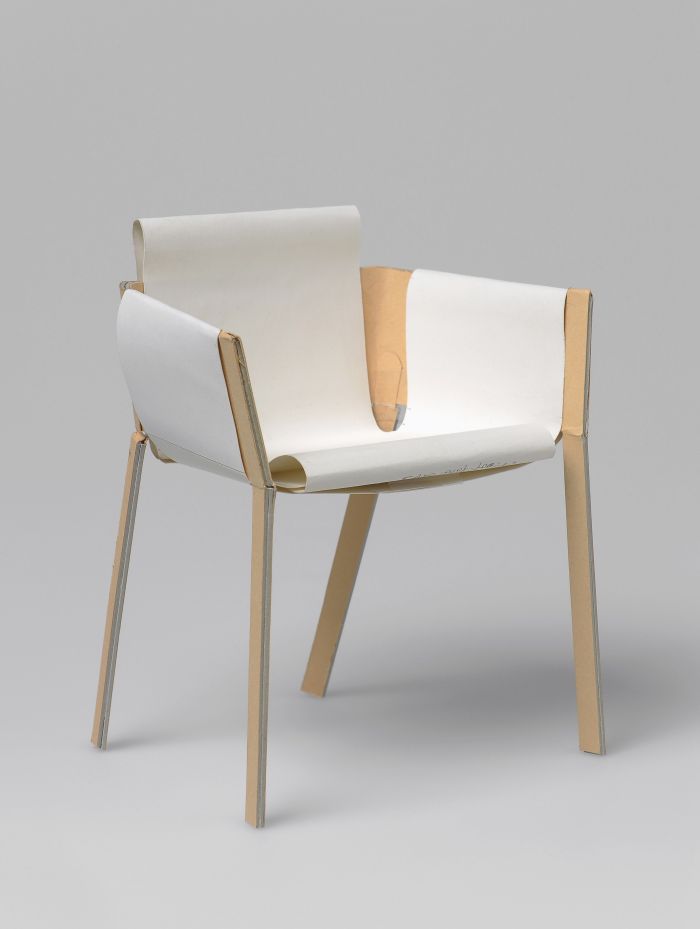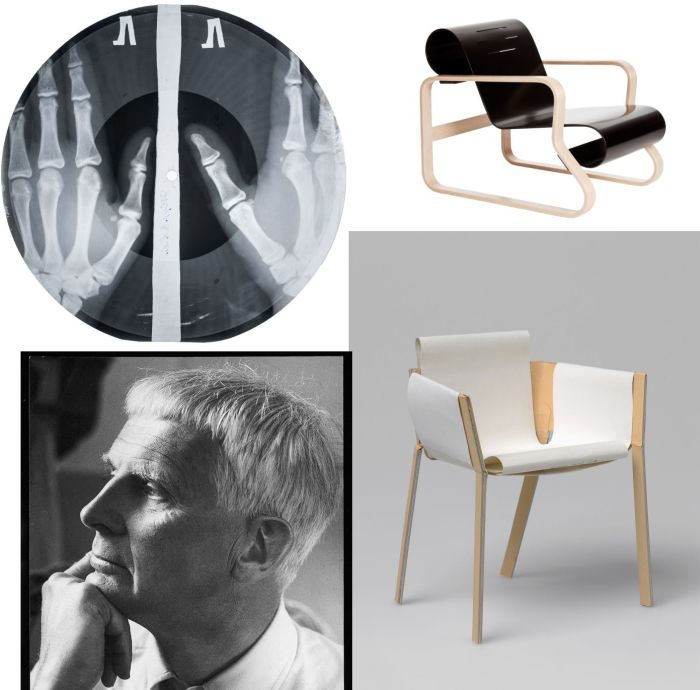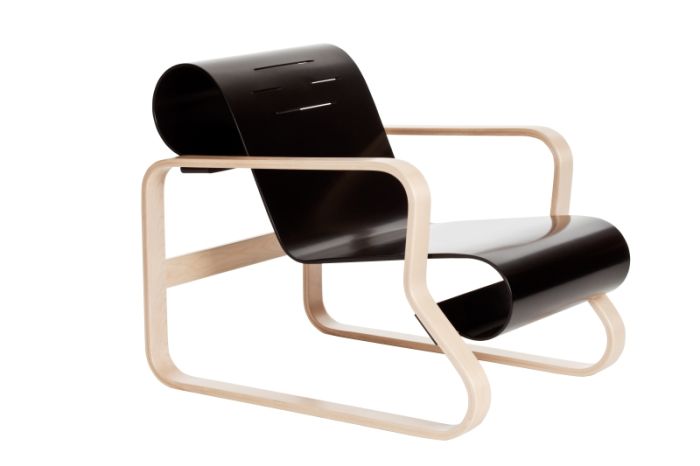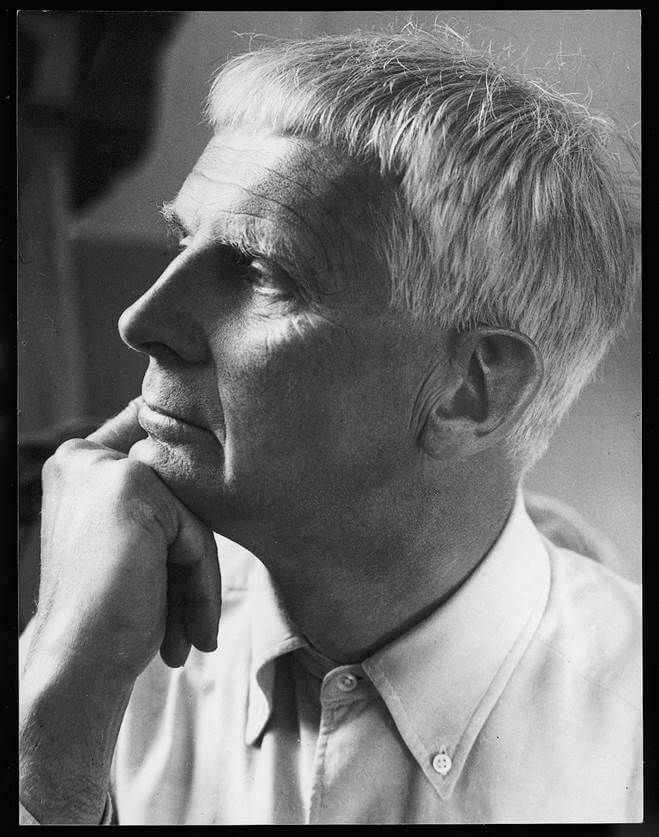5 New Design Exhibitions for August 2017
Summer traditionally sees a fall off in the number of new exhibitions opening, the 2017 drought is however especially hard, so much so that we can only find four recommendations. Either the global museum community assume we’re all at the beach, and thus not interested, or expect the world to end in September and so don’t see the point in new exhibitions.
It is a little unclear.
However, not only are we interested, but it takes a little more than the threat of an imminent apocalypse to keep us away from an interesting exhibition …. our recommendations for August 2017 with new exhibitions in Zürich, Copenhagen, Moscow and Weimar.
“Design Studio: Processes” at the Museum für Gestaltung, Zürich, Switzerland
As we never tire of repeating, and as our #campustour is neatly reinforcing, design is a process, often a long process and/or sequence of processes that involve more than a little experimentation, intuition and good fortune. Always has been, always will be. Alone the tools, materials and the social, cultural context will change.
With the exhibition Design Studio: Processes, the Museum für Gestaltung Zürich aim to explain “design” through exploring representative design processes. To this end 28 projects from across product design, textile design, communication design and applied art have been selected and will be discussed in context of the process that led to their creation, including works by designers as varied as William Morris, Jörg Bonner or Konstantin Grcic.
In addition to exploring existing design process Design Studio also promises to present five possible future design process scenarios, scenarios which in addition to explaining how future designers may work, may also provide a few pointers to the type of projects they will develop.
Design Studio: Processes opens at the Museum für Gestaltung, Toni-Areal an der Pfingstweidstrasse 96, 8005 Zürich on Friday August 25th and runs until Sunday July 15th. 2018.

Prototype of the Wogg 42 armchair by Jörg Boner (Photo: © ZHdK, couretsy Museum für Gestaltung Zürich)
“Alvar Aalto. Paimio Sanatorium” at Designmuseum Danmark, Copenhagen, Denmark
It doesn’t sound like being the most extensive showcase opening this year, but with, in the museum’s words, the “pop-up exhibition” Alvar Aalto. Paimio Sanatorium the Designmuseum Danmark do promise to place an interesting and informative focus on a key moment in the career of the Finnish designer and architect Alvar Aalto.
And in many regards a key moment in the (hi)story of furniture design.
Focal point of, and reading between the lines, motivation for, the exhibition, are two original Paimio chairs in the museums possession: two chairs which not only reflect how Aalto sought to optimise the design of the Paimio Sanatorium to meet the specific requirements of the tuberculosis suffers housed there, but also of his approach to humanising modernism, of moving away from the bent steel tube of the functionalists and on to warmer materials. And in doing so helped lay the foundations for moulded plywood’s resurgence as a material in furniture design.
Beyond the two chairs the Designmuseum also promise material samples, sketches and photographs which promise to compliment and expand the story, and relevance, of Paimio.
Alvar Aalto. Paimio Sanatorium opens at Designmuseum Danmark, Bredgade 68, 1260 Copenhagen on Friday August 25th 2017 and runs until Sunday December 10th.
“Bone Music” at Garage Museum of Contemporary Art, Moscow, Russia
Its pushing hard at any definition of design, but it involves 1950s Russian proto-hippes, and so allowances can certainly be made.
In post-war Russia access to culture was state controlled, official censors deciding not only which literature, art and theatre the public could enjoy, but also which music. Which meant a lot of decadent, western, un-Soviet and for all American, jazz, rock ‘n’ roll and other progressive music wasn’t available.
At least legally.
For as any fool know, banning something merely creates an underground market, and throughout the 1940s and 50s the chosen format for distributing banned records in Russia was to copy smuggled originals on to used X-ray films.
The term “Bone Music” or “Music on the Ribs” being coined because each disc was, unavoidably, decorated by the bones of the patient whose X-ray was being re-appropriated. And thus long before death metalers thought about embossing skulls on their records, long haired, rebellious Russians were listing to records with not only skulls on them but femurs, scapulae and ribs.
Today it would be called upcycling – and yes we are just waiting for a revival at hipster flea markets and “maker fairs” – then it was necessity. And highly dangerous.
Quite aside from the ingenuity involved and design thinking behind both the re-appropriation of an otherwise waste material and the developing of production processes and equipment, the story of Bone Music is one of the risks undertaken and the social and cultural importance of the work done by those who took the risks.
A touring exhibition organised by the London based X-Ray Audio project, Bone Music has already been shown at numerous venues; its presentation in Moscow has a particular significance in terms of celebrating the risks taken and exploring the thereby resulting social and cultural legacy.
Bone Music opens at Garage, 9/32 Krymsky Val st., 119049 Moscow on Monday August 14th and runs until Thursday October 5th

Bill Haley, “Rock Around The Clock” on X-ray film (Photo Courtesy X-Ray Audio, London and The Garage Moscow)
“Wege aus dem Bauhaus. Gerhard Marcks und sein Freundeskreis” at Neues Museum Weimar, Germany.
One of the original teachers at Bauhaus Weimar Gerhard Marcks was also one of the leading protagonists of the prevailing idea of the age of combining art with craft to produce new form languages, new consumer goods and new art. And also one of the most influential and best connected artists of his generation
With the exhibition Wege aus dem Bauhaus. Gerhard Marcks und sein Freundeskreis – Paths from Bauhaus. Gerhard Marcks and Friends – the Neues Museum Weimar aim to explore less Marck’s own oeuvre and much more the work of Marcks’ in context of that of his friends and pupils, and thus not only present Marcks’ own work in a new light but also shine a new light on the Bauhaus legacy, one which illuminates beyond Gropius, Breuer, Mies et al…. And we’d argue also a new light on the Burg Giebichenstein Kunsthochschule Halle, where Marcks not only taught post-Weimar but also served as rector.
As such Wege aus dem Bauhaus promises to be a further interesting contribution to extending the popular understanding of Bauhaus as the institution approaches its 100th anniversary.
Wege aus dem Bauhaus. Gerhard Marcks und sein Freundeskreis opens at the Neues Museum Weimar, Weimarplatz 5, 99423 Weimar on Thursday August 17th and rus until Sunday November 5th
Tagged with: alvar aalto, Bauhaus, Bone Music, copenhagen, Gerhard Marcks, Moscow, Paimio, Weimar, Zürich


